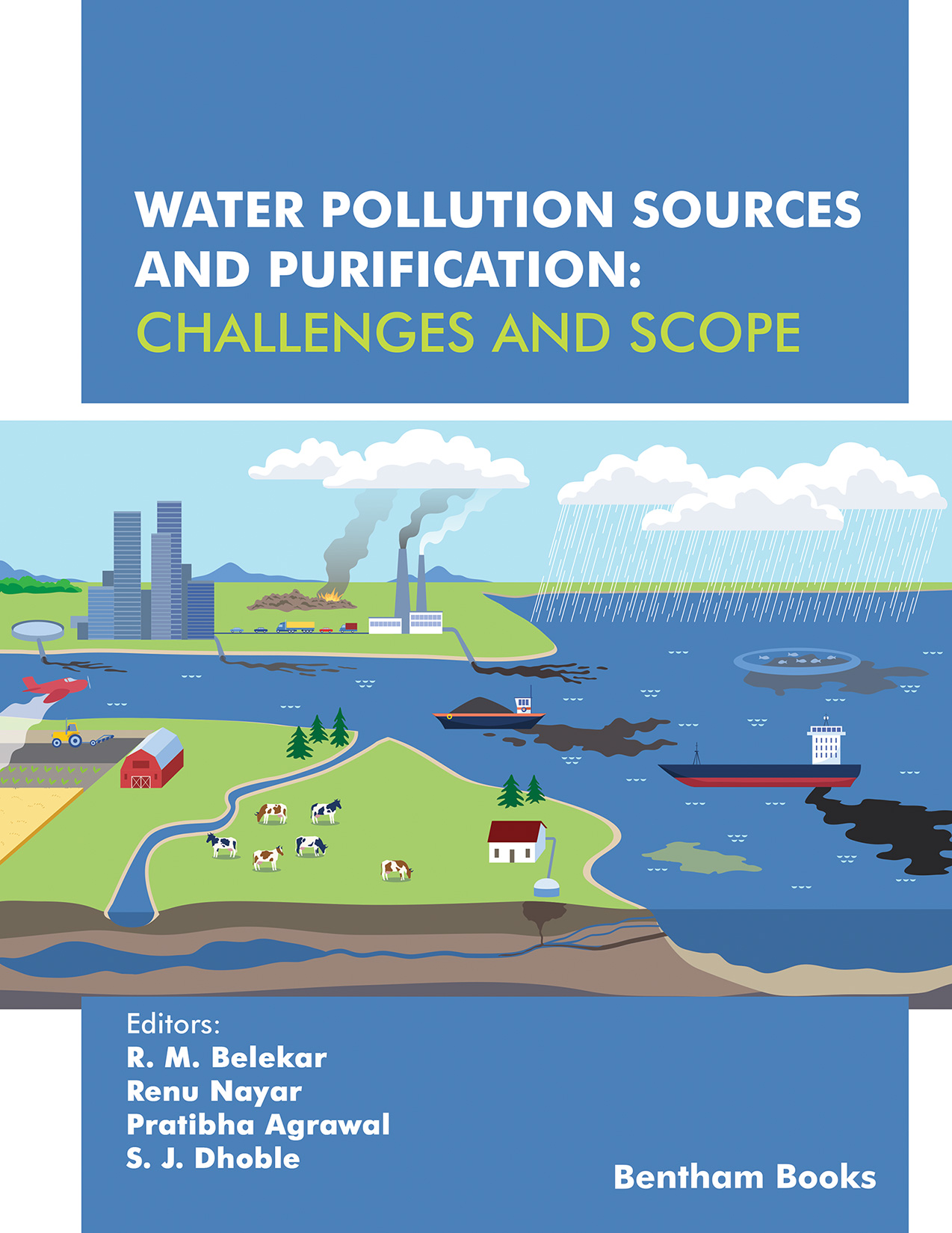Introduction
The book helps readers to understand the fundamentals of water purification processes. Chapters in the book cover industrial purification techniques, while also exploring the future scope and current challenges in this field.
Key Features:
- Seven chapters arranged and structured in a clear, coherent manner for understanding the broad topics.
- Covers basic water purification techniques for safe drinking water
- Covers defluoridation techniques
- Explains the parameters affecting photocatalytic degradation of substituted benzoic acids.
- Includes a case study for seasonal variations in pond water
- Covers the role of nanotechnology in wastewater treatment
- Covers the impact of water mismanagement on the environment with suggestions for preventive measures for sustainable water utilization
This reference informs advanced readers (sustainable development professionals, post-graduate and research scholars) interested in water treatment processes. It also serves as a resource for courses in environmental chemistry, waste management and sustainability.
Audience:
Advanced readers and students of environmental chemistry, waste management and sustainability

